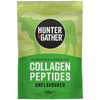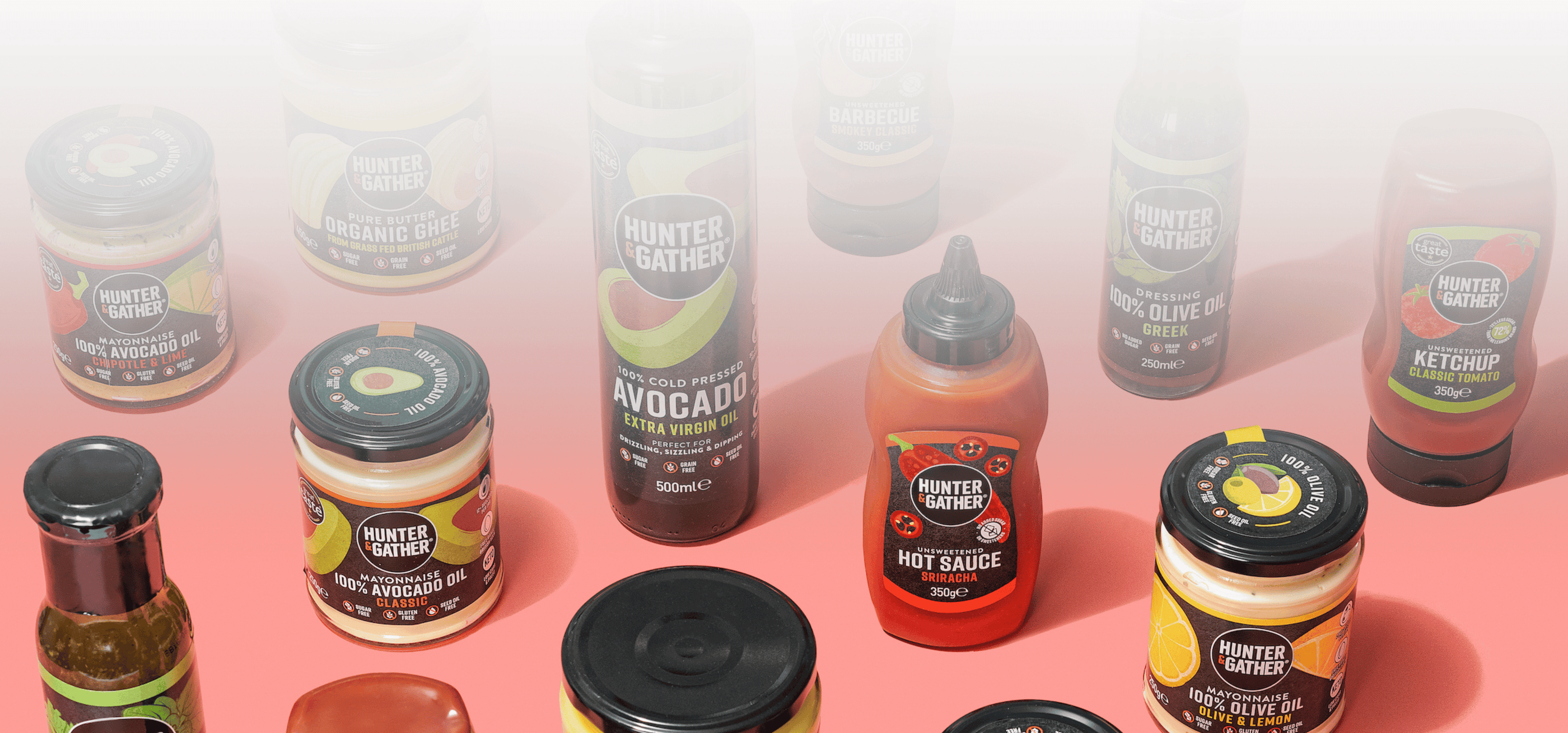Nose to tail eating is all about using the whole of the animal, from nose to tail and everything in-between! Not only is this the most sustainable way to eat meat but it has many amazing benefits including saving money, nurturing health and expanding eating horizons far beyond the chicken breast or sirloin steak!
Read on to discover why adopting a Nose to Tail eating philosophy could be a wise move for the good of the animal, the planet and yourself!
What’s the Deal with Nose to Tail Eating?
Our ancestors had to work as a team and hunt for their meat. It’s thought that our hunter-gatherer predecessors got anywhere between 45-65% of their energy from animal products alone; so it’s unsurprising that there was no waste once they started eating their catch!
But in the modern world, we have somehow evolved to eat only certain parts of certain animals – seemingly for no rhyme or reason – it’s more a case of mob mentality and staying within our carnivorous comfort zone! The lack of choice in supermarkets also plays a big role – plastic-wrapped chicken breast is abundant but lambs heart is a rarity. Not only is this to the detriment of the planet by wasting food and the animal itself (we believe if you are to eat meat that it should be grass-fed/pasture for life and that all of the animal should be utilised), but it’s also depriving us of a whole world of flavour and health benefits.
Nose to tail eating is a way of life which aims to utilise every part of the animal; minimising waste and maximising output from each and every animal. By eating lesser-known cuts of meat and everything between nose to tail we can make sure that the animal gets used to its fullest potential, feeding as many mouths as possible. What’s more, that’s making the most of each and every resource that goes into rearing each animal.
The Nutritional Benefits of Nose to Tail Eating
We are a nation of meat-eating minimalists loyal to mostly lean muscle meat, so what happens to the rest of the animal? The meat industry has been using secondary cuts and meat by-products for centuries, creating both edible and inedible products. But with an exponentially growing population and limited resources, modern meat producers are being encouraged to focus on the nutritive value of these meaty morsels.
Aside from being a waste of the animal, missing out on less-commonly used meat products is also a waste of quality nutrition. Parts of the animal from nose to tail and everything in-between are not only as good as but sometimes even more nutrient-dense than their lean muscle counterparts. Let’s take a look at some of these amazing nutrients and where to find them.
- Organ Meats – Provide B Vitamins, Choline, Glycine and Iron
- Skin – High in Collagen, Gelatine, Glycine and Minerals
- Cartilage, Tendons & Connective Tissue – Rich source of Collagen, Gelatine and Minerals
- Bone & Bone Marrow – High in vitamins A, E, B12 as well as Iron
- Animal fats – Such as tallow and lard provide a dense source of energy and help to absorb fat-soluble vitamins A, D, E and K
Not only are these incredibly nutritious as they come but eating them together provides a complete source of nutrition, fulfilling our natural requirement for vitamins, minerals, protein and fat in one delicious serving (not to mention without any nasty additives, just good old natural, real food!)

Other Great Benefits of Eating Nose to Tail
- It’s the Ethical Choice – The meat industry is big business and lots of this is tailored toward providing the uniform supermarket favourites. The ratio of cuts such as chicken breasts to lesser-used parts such as offal is worlds apart – but behind every chicken breast is a whole chicken carcass and for every steak an entire cow. So, by eating every part of the animal you can help to reduce waste, honour the whole of the animal and improve sustainability.
- Save Some Pennies! – As a rule of thumb (or nose or tail), the lesser-known the meat the cheaper it is to buy! Many of the secondary cuts we have talked about are considered by-products of the meat industry, who sell them off at a low price just to get rid of them. Grab yourself a bargain and relish in the smugness of knowing you can get just as great a meal at a fraction of the price!
- Embrace the Versatility! – We all get sick of the same old meals and whatever spin you put on it, it’s all too easy to pick up the same few items in the meat aisle every week. By braving the butchers and exploring lesser-known cuts you will open your eyes to a whole world of dishes you’ve never tried before – honing your chef skills, awakening your taste buds and banishing mealtime boredom!
British chef and author of “Nose to Tail Eating: A Kind of British Cooking” Fergus Henderson famously said, “if you’re going to kill the animal it seems only polite to use the whole thing” and we couldn’t agree more! Politeness aside, expanding your eating horizons with a Nose to Tail mentality could open up a world of benefits, from saving money to savouring flavour and even becoming a better cook – not to mention being as sustainable a meat eater as possible.

Nose to Tail Recipes
We hope we have provided some great reasons to consider being bolder with your meat and stepping outside of the supermarket comfort zone! As much as we know Nose to Tail eating is good for us and the planet, it doesn’t help if you don’t know where to start! Feeling inspired? Here are some amazing Paleo and Keto friendly recipes that make the most of all the animal for maximum flavour, nutrition and sustainability – together with thorough cooking instructions! Remember, the best person to ask about all of this business is your local, friendly and expert pasture for life butcher – who’ll be more than happy to offer their wisdom.
👉 Beef Tongue with Roasted Pepper Sauce
If eating organ meats is not convenient for you, your family or you just don’t like the taste – check out our freeze-dried, raw and wild organ meat support capsules from wild roaming lambs. An easy way to utilise all of the animal and gain the nutrient-dense benefits of the organ meats themselves.

All information provided on our website and within our articles is simply information, opinion, anecdotal thoughts and experiences to provide you with the tools to thrive.
It is not intended to treat or diagnose symptoms and is definitely not intended to be misconstrued for medical advice. We always advise you seek the advice of a trained professional when implementing any changes to your lifestyle and dietary habits.
We do however recommend seeking the services of a trained professional who questions the conventional wisdom to enable you to become the best version of yourself.
















